- Home
- international
- article
- What the world was like when Queen Elizabeth was born
What the world was like when Queen Elizabeth was born
Matthew Wilson

- The world was quite different in 1926 when Queen Elizabeth II was born.
- At the time, Calvin Coolidge was the US president and Stanley Baldwin was the British prime minister.
- There were an estimated 2 billion people alive in the world at the time, compared to the more than 7.5 billion today.
- Women in the UK did not yet have the same voting rights as men.
- Visit Insider's homepage for more stories.
When Elizabeth Alexandra Mary Windsor — the future Queen Elizabeth II — was born in 1926, the world was quite a different place.
Calvin Coolidge was still the president of the United States. There were an estimated 2 billion people in the world at the time — far fewer than the 7.5 billion alive today — and the average US worker was paid around 75 cents an hour.
A viral epidemic was coming to an end, and Prohibition was still in effect in the US. Inventions, such as the television, were on the cusp of changing the world.
To celebrate the Queen's upcoming 94th birthday, take a look at what the world was like when she was born.
Read the original article on InsiderThe famous red K2 telephone box was introduced around London in 1926.

Britain's first red telephone box, the K2, was created based on designs from a 1924 competition. According to the Telephone Box, between 1926 and 1935, 1,700 telephone boxes were installed in Britain.
- Read more:
- 31 vintage photos of a young Queen Elizabeth before she became Queen
- 33 photos of the Queen doing commoner things that will make you chuckle
- One iconic picture from each year of Queen Elizabeth's record 68-year reign
- Prince Charles, the heir to the British throne, just tested positive for coronavirus. Here's a look at the monarchy's full family tree.
When the future Queen was about 6 months old, the first volume of "Winnie-the-Pooh" was published by A. A. Milne.
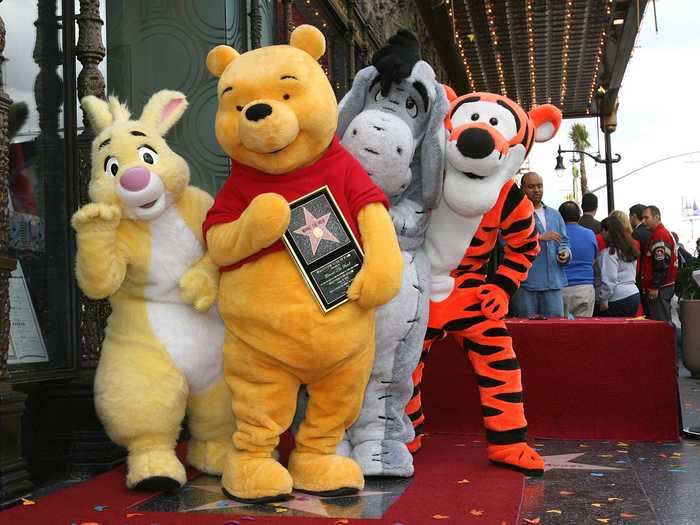
According to Smithsonian Magazine, Milne based the character on his son, Christopher Robin, and his collection of stuffed animals. Milne's books would be turned into the famous cartoon adaptations everyone knows and loves.
The same year the Queen was born, mystery novelist Agatha Christie was involved in a real life disappearance.
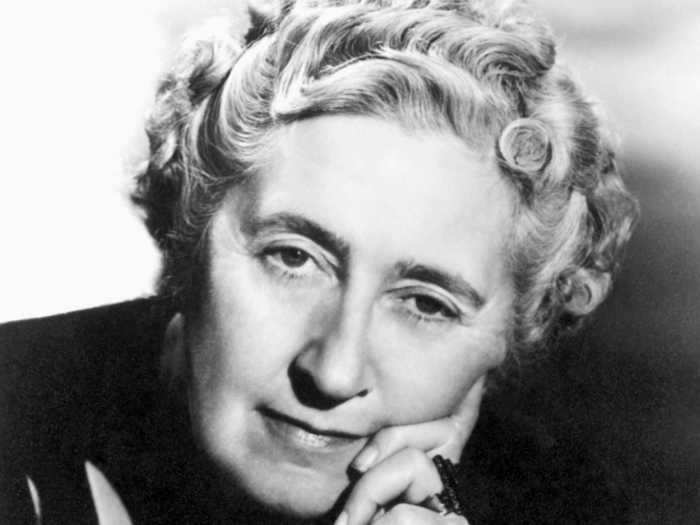
According to the New York Times, the famous author went missing for 11 days in 1926. Over 1,000 police officers and 15,000 volunteers searched for her. Fellow mystery author Arthur Conan Doyle was even brought in to help find her. Christie was finally found in a hotel room, registered under a different name.
The Great Stork Derby was held in Toronto, Canada, where women competed to have the most babies.
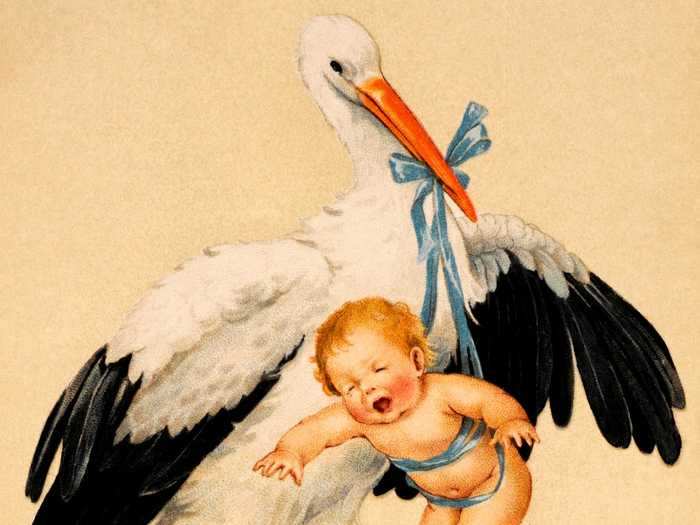
According to the Torontoist, the contest was held from 1926 to 1936. Charles Vance Millar, a lawyer, promised $750,000 to the woman who could have the most babies within a decade after his death. He passed away in 1926 of a heart attack. The prize ultimately ended up being split by four women who had nine babies each.
In 1926, General Motors introduced the Pontiac brand of automobiles.
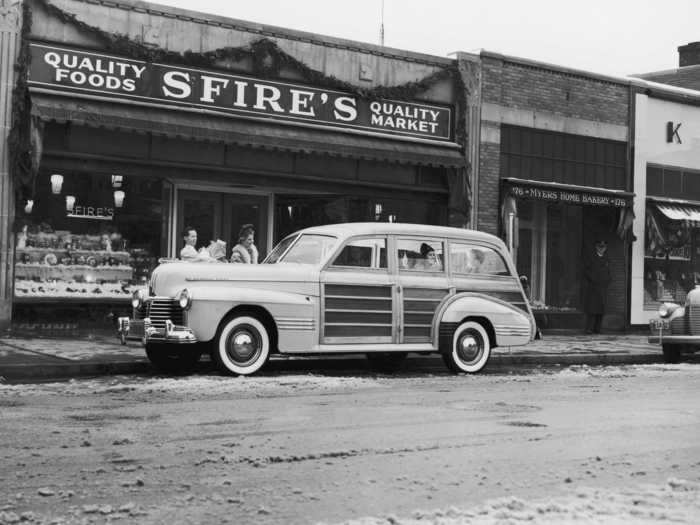
GM decided to name the car line after the Native American chief who led a failed rebellion against British occupation. The first Pontiac was cheaper than the car company's other car brand, Oakland.
In September 1926, a Category 4 hurricane ravaged Miami, Florida.
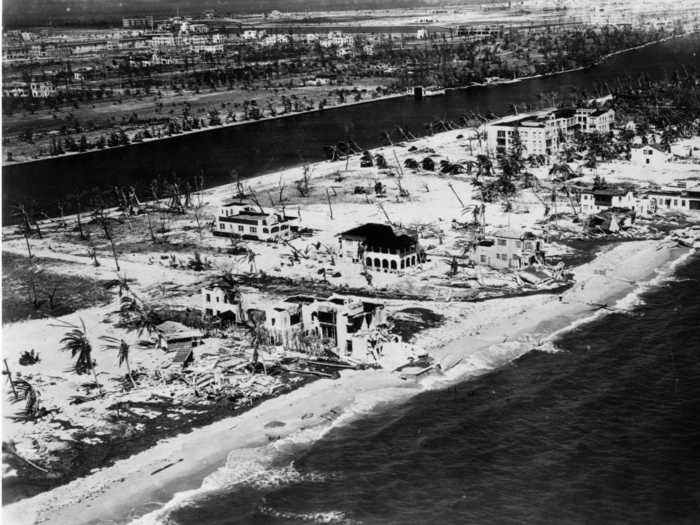
According to the National Weather Service, there was little warning of the approaching hurricane. In total, 372 people died, over 6,000 people were injured, and the property damaged totaled $164 billion in today's dollars.
A viral epidemic was coming to an end the same year that the Queen was born.
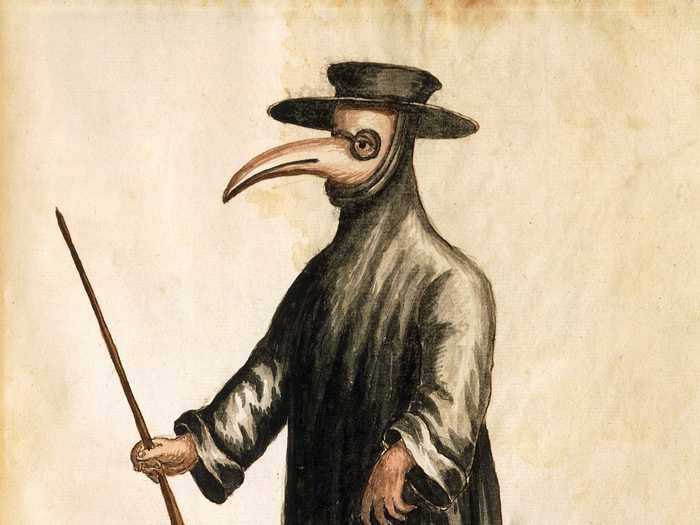
According to Scientific America, the epidemic, also called the sleeping sickness, started with sore throat, nausea, headache, fever, and malaise before progressing to abnormal eye movements, drooping eyelids, an inability to open the eyes, and a strong need to sleep.
The illness affected around 52,000 reported cases upward to one million. It mostly disappeared after 1926 with only sporadic cases seen since.
The famous Harry Houdini also died at the age of 52 from an appendicitis.
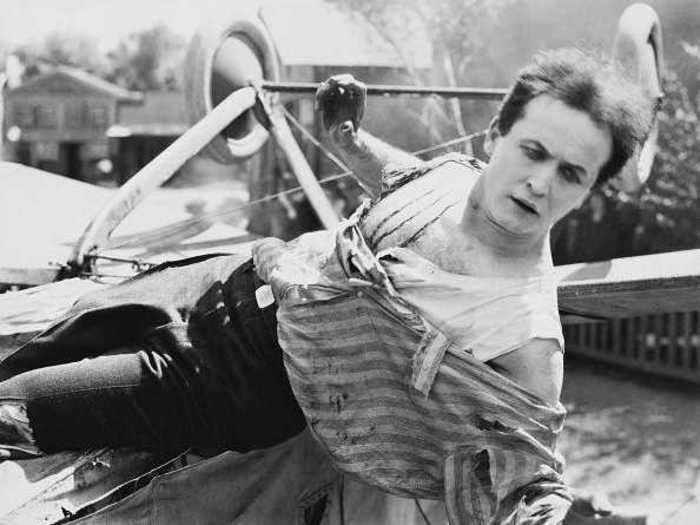
The magician was known for his death-defying stunts, escaping traps that would seemingly kill any ordinary man. According to the History Channel, Houdini passed away on Halloween from complications related to an appendicitis.
That year, silent actor Rudolph Valentino passed away at 31 from appendicitis complications, causing chaos among his fans.
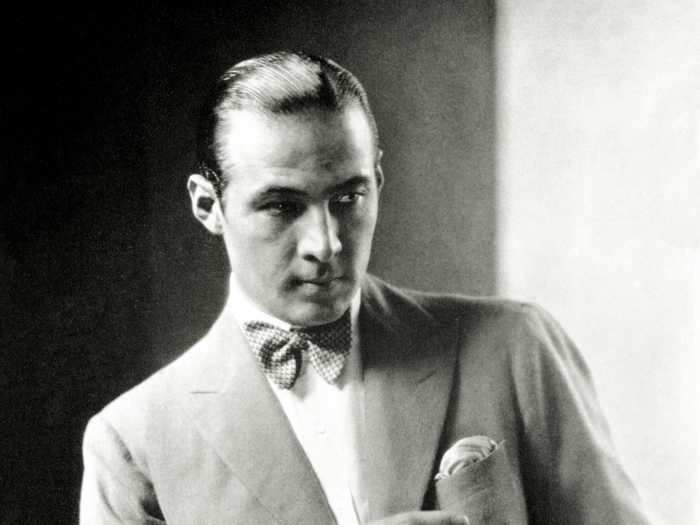
According to Smithsonian Magazine, the beloved silent movie actor died from complications caused by an appendicitis. The news of his death caused chaos. Around 100,000 fans gathered outside the funeral home where he was, and there were even reports of fans taking their own lives.
The Queen shares her birth year with celebrities like Playboy mogul Hugh Hefner and Hollywood legend Marilyn Monroe.

The editor-in-chief and founder of Playboy magazine, Hefner was born on April 9, 1926. He died in 2017.
Monroe was born on June 1, 1926, and passed away in 1962, aged 36, from an overdose.
Germany and Russia signed a neutrality agreement, the Treaty of Berlin.
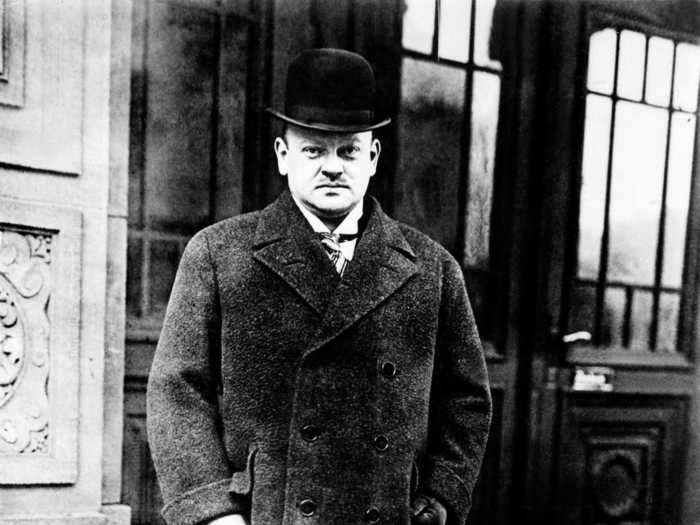
Foreign minister Gustav Stresemann signed the peace agreement with Russia, which pledged neutrality in the event of an attack on the other by a third party for five years, according to the Nobel Prize. Relations between Russia and Germany would deteriorate after Hitler's rise to power.
In Japan, Hirohito was crowned emperor.
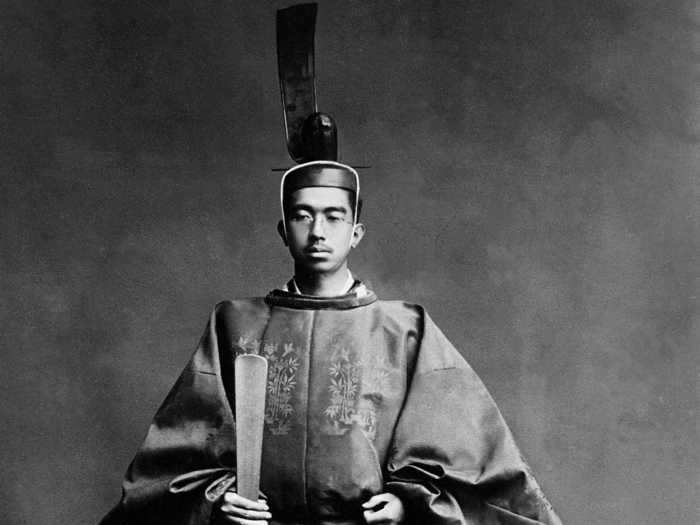
Hirohito oversaw the military expansion that would turn Japan into one of the most powerful forces in the world, according to the History Channel. Hirohito ruled until his death in 1989.
NBC started broadcasting in 1926.
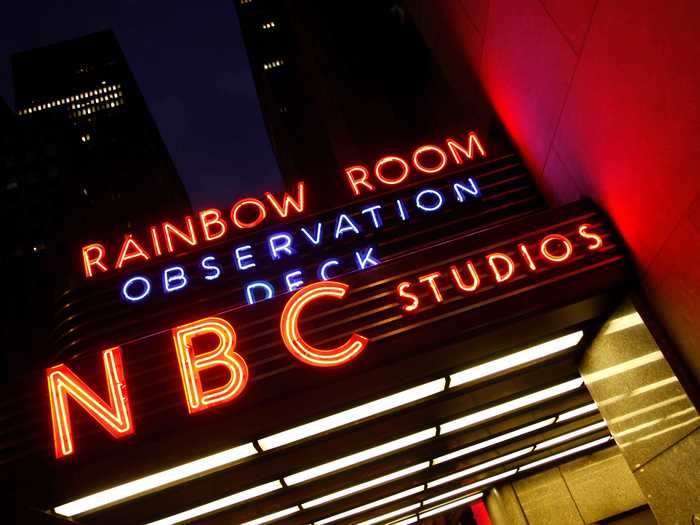
In November 1926, David Sarnoff founded the US first national permanent radio station, NBC. In 1939, Sarnoff launched the television service from the World's Fair in Queens, New York.
The US began work on the interstate Route 66 that year.
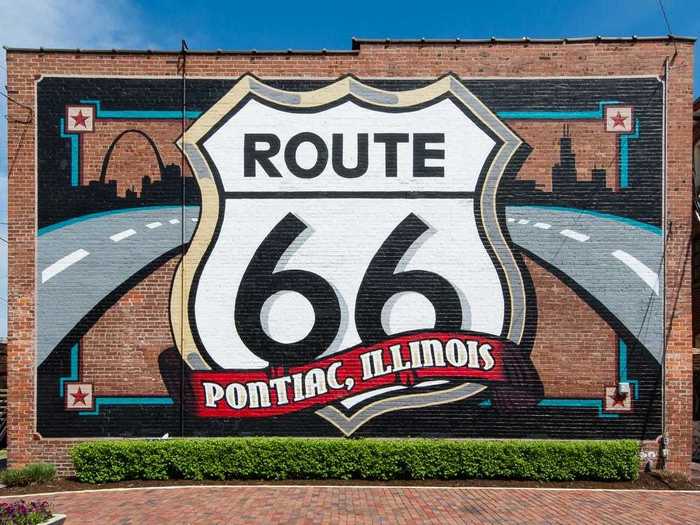
In 1926, the highway was officially designated 66 and commissioned to connect Chicago, Illinois, to Los Angeles, California, according to National Historic Route 66 Federation. In the years that followed, the route would become known for its roadside attractions.
... and Gertrude "Trudy" Ederle became the first woman to swim the English Channel.
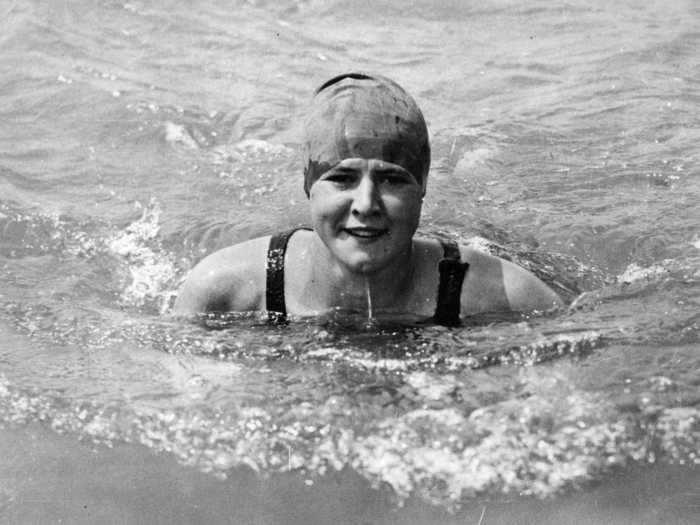
According to the Telegraph, Ederle was an Olympic swimmer with a bronze medal from the 1924 Paris Games. She had tried to swim the channel once before, in 1925, but didn't succeed in the crossing. On August 6, 1926, Ederle made a successful attempt, swimming 35 miles in 14 and a half hours. She would hold the record for the fastest time until 1951.
... scientist Robert Goddard launched the first successful liquid fuel rocket ...
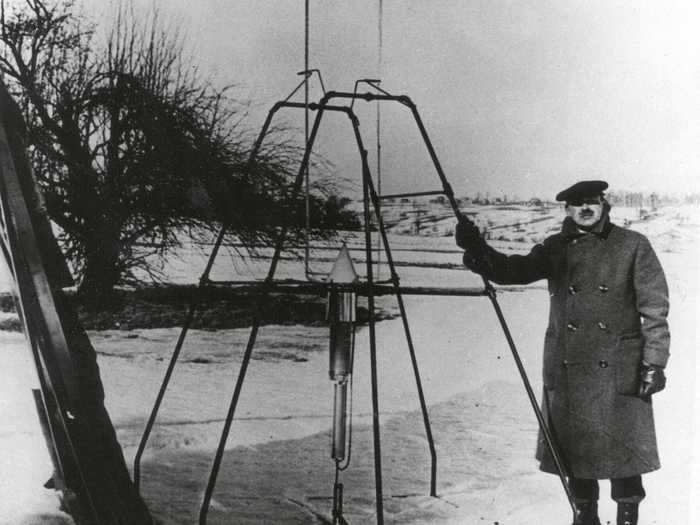
According to NASA, Goddard's first successful launch took place on on March 16, 1926, at Auburn, Massachusetts. Goddard's rockets were primitive due to their time, and his dreams of humanity one day reaching the moon were often ridiculed by the press. Goddard died in 1945, never realizing man would walk the moon only two decades later.
In 1926, John Logie Baird gave the first public demonstration of a television ...
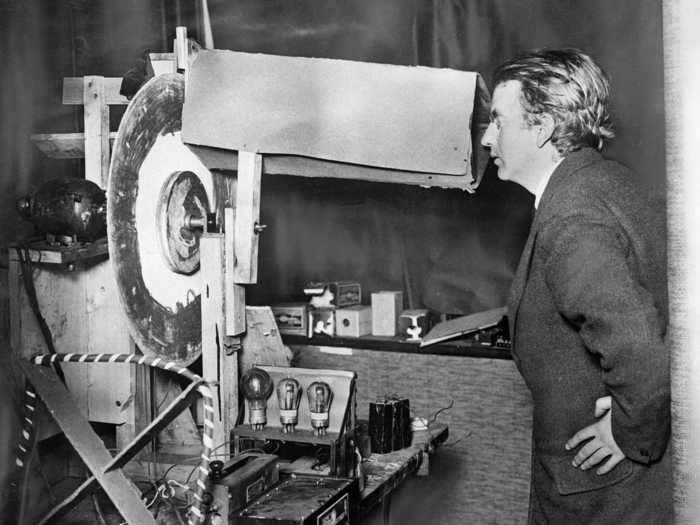
According to the BBC, Baird gave the demonstration to a group of 50 scientists in his London attic. Baird had been working on his televisor for years and first transmitted an image two years prior in 1924.
Construction on the Empire State Building wouldn't begin for another four years.
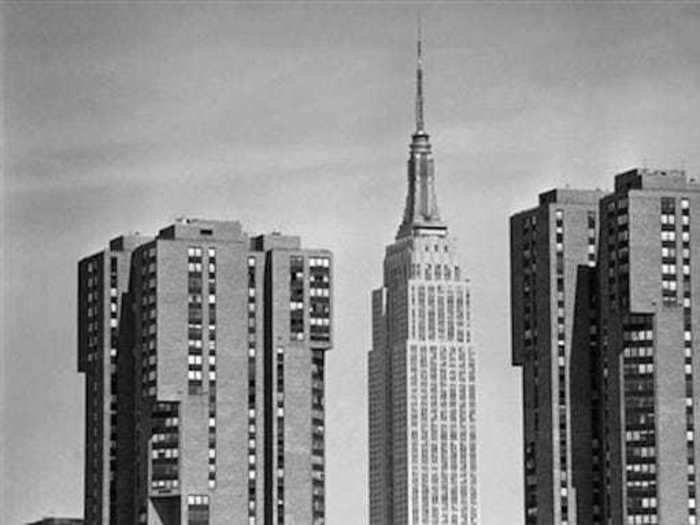
Construction began in 1930, and the Empire State Building officially opened in 1931. Just two years later, the first "King Kong" film was released in Hollywood.
Women had only recently won the right to vote in US elections. It would be two more years before women in the UK had the same voting rights as men.
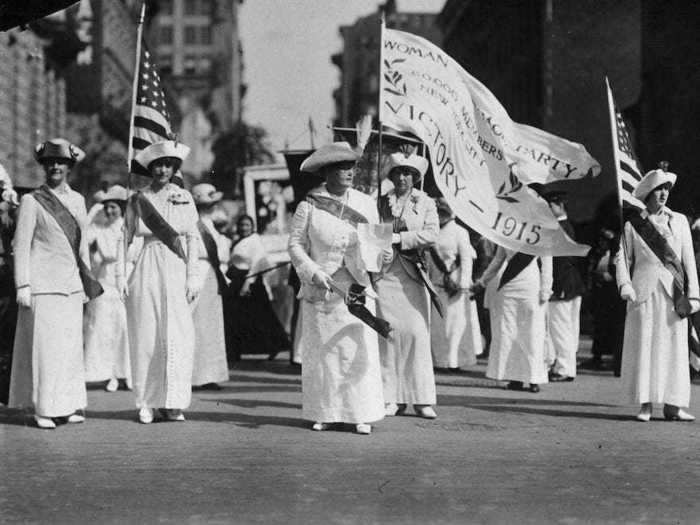
The first women's suffrage convention in the US took place in Seneca Falls in 1848. Women petitioned Congress, but the 19th amendment, for women's enfranchisement, wasn't passed until 1920.
Additionally Native Americans weren't allowed to vote until the Indian Citizenship Act of 1924. Asian Americans weren't granted citizenship until almost 30 years later with the Immigration and Nationality Act of 1952, and African Americans weren't freely allowed to vote until the 1965 Voting Rights Act, which banned literacy tests, poll taxes, and intimidation.
In the UK, it was not until 1928 that the Equal Franchise Act was passed, granting women over 21 the ability to vote, finally giving women the same voting rights as men.
Prohibition was still in effect across America, banning the manufacture and sale of alcohol.
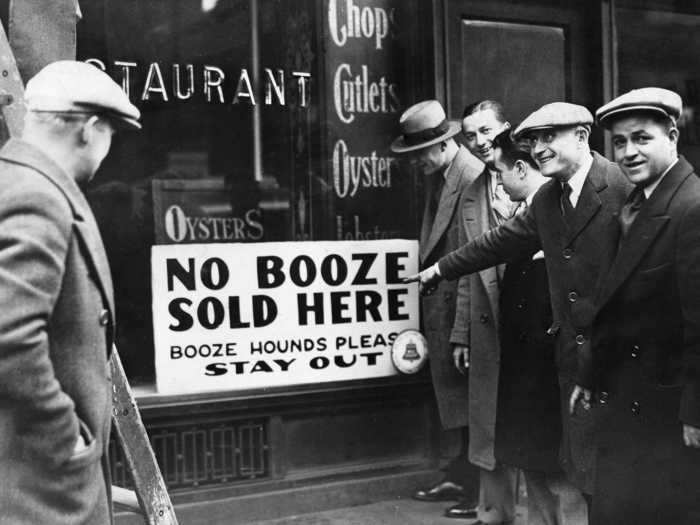
In January 1920, the US government banned alcohol nationwide in an effort to curb excessive drinking. The Prohibition movement lasted almost 14 years and didn't end until the amendment was repealed in December 1933.
... and Prime Minister Stanley Baldwin was in his second term in the United Kingdom.
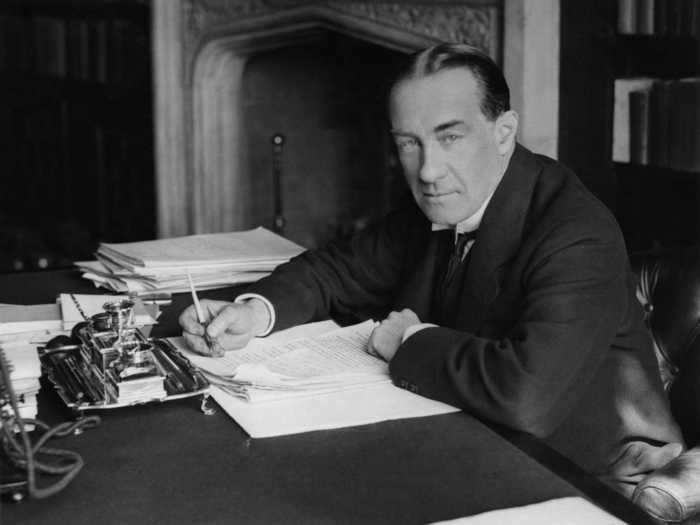
Baldwin took the role of prime minister in 1923 when his predecessor, Andrew Bonar Law, retired due to an illness. In January 1924, Baldwin and his government resigned when they failed to retain the majority in a general election, but Baldwin returned to office in October 1924.
Calvin Coolidge was halfway through his term as US president ...
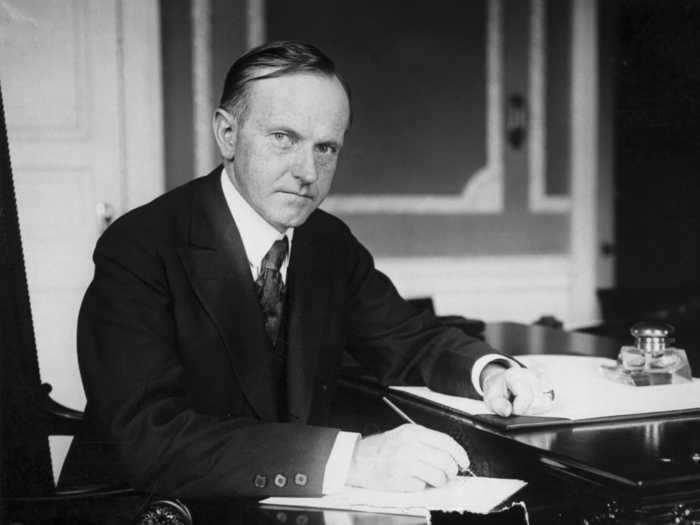
Acting as vice president, Coolidge unexpectedly became the 30th US president in 1923 when his predecessor Warren Harding died of a heart attack. Coolidge finished Harding's term as president and was reelected in 1924.
Ford Motors became one of the first companies to issue a 40-hour, five-day workweek.
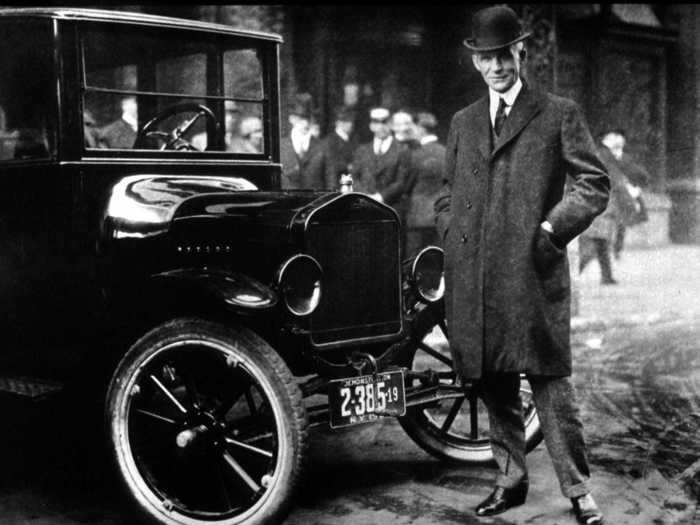
According to CNBC, founder Henry Ford said, "It is high time to rid ourselves of the notion that leisure for workmen is either lost time or a class privilege."
... and the average American worker earned 75 cents an hour.
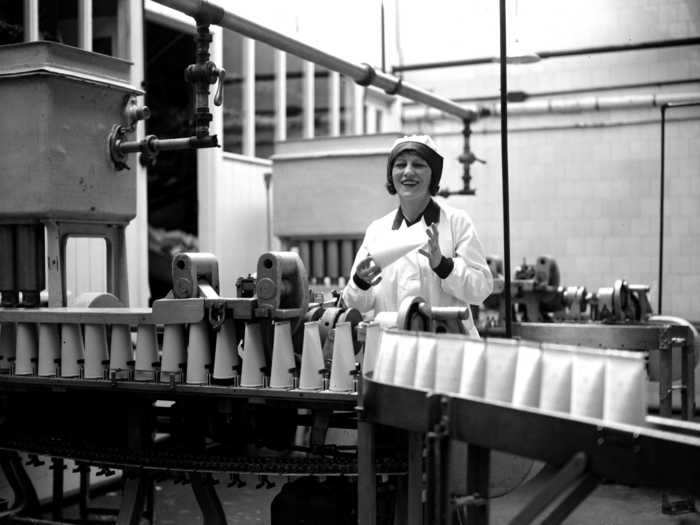
According to an article in the Monthly Labor Review, men on average made 93 cents an hour and women made 54 cents.
A loaf of bread cost just 9 cents ...
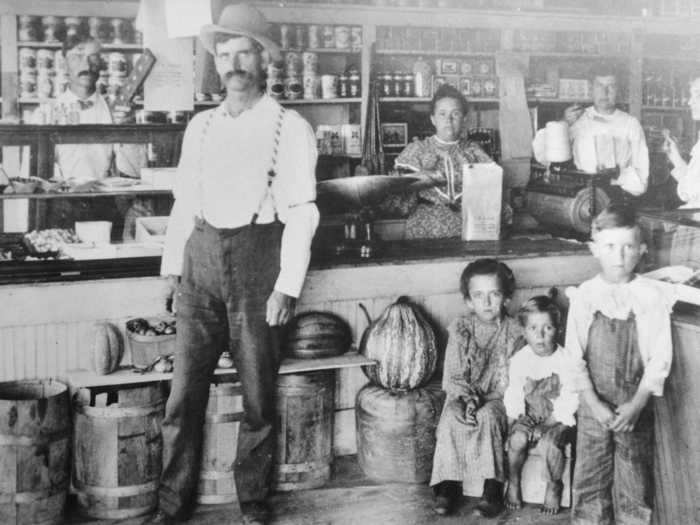
A dozen eggs cost 38 cents, milk cost 14 cents a quart, and a sirloin steak cost 40 cents, according to an article in the Monthly Labor Review.
When she was born, the world's population was around 2 billion people, almost a quarter of the population today.
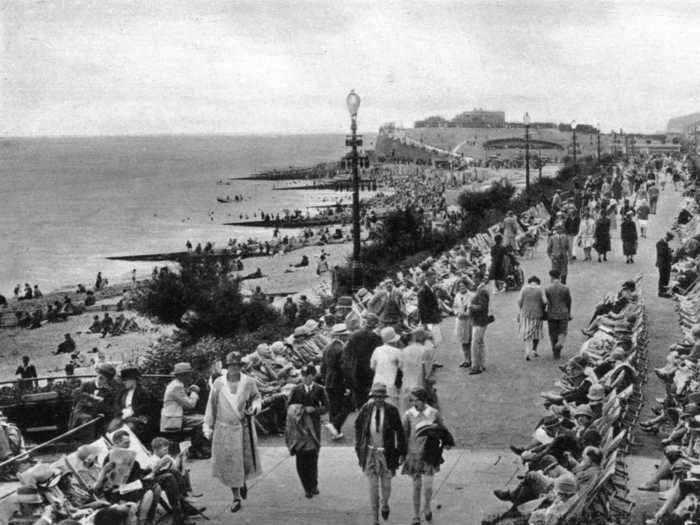
The estimated world population in 1927 was 2 billion people, according to Thought Co. According to the US Census Bureau, there were an estimated 7.5 billion people alive in 2019.
Elizabeth Alexandra Mary Windsor — the future Queen Elizabeth II — was born on April 21, 1926.

This year, she'll celebrate her 94th birthday.
READ MORE ARTICLES ON
Popular Right Now
Popular Keywords
Advertisement